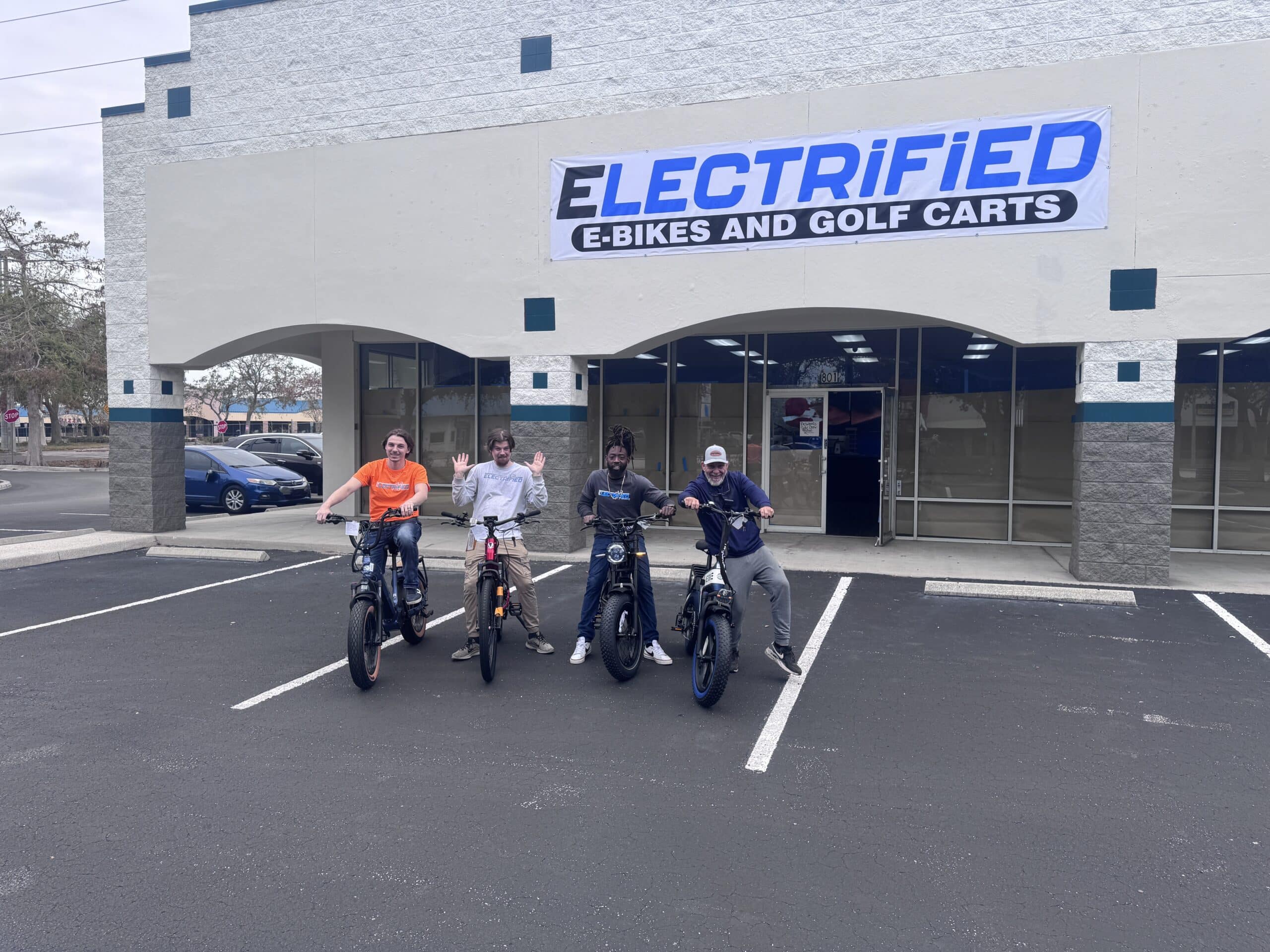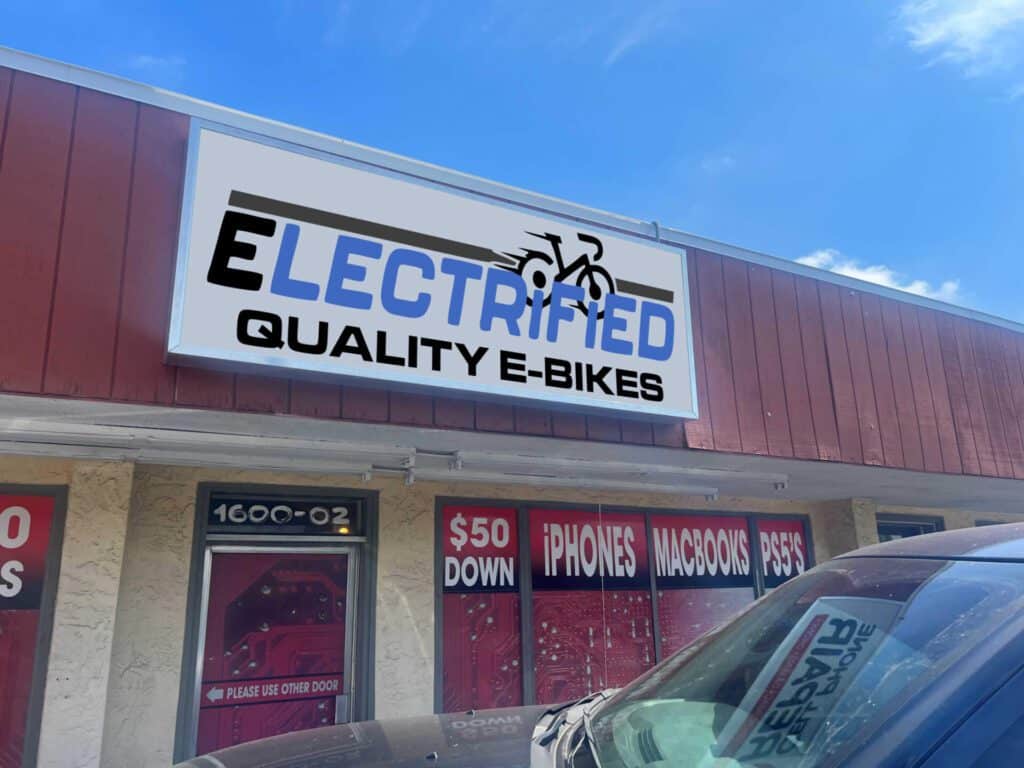If you have been considering purchasing an electric bike but want to know more, this article will explain the components, operation, and different classes.
E-bikes offer a unique combination of exercise, convenience, and flexibility, but how do electric bikes work? Here’s a complete breakdown.
The Components
Motor: The motor is the main driver that propels the bike forward. It can be located in the front hub, rear hub, or mid-drive (crank). Each location has pros and cons regarding weight distribution, efficiency, and the riding experience it provides.
Battery: The battery powers the motor and is typically a lithium-ion battery, similar to a laptop or smartphone battery. Battery capacity and voltage determine the range an e-bike can travel and how much power you can expect.
Controller: The controller is the brain of an e-bike. Its primary focus is to manage the power flow from the battery to the motor. It also controls settings like assist levels and speed.
Sensor: Sensors detect pedal movement, speed, and other factors controlling the bike. The controller relays this information to determine how much assistance the motor needs.
Display: If your bike has a display unit, not all do; it will show things like speed, battery level, assist level, and the distance you’ve traveled. Advanced features like navigation and fitness tracking can also be included.
How do electric bikes work?
Pedal Assist: Most electric bikes have pedal assist, a setup in which the motor provides assistance only when the rider is pedaling. The assistance level can be adjusted so the rider can choose how much effort they want to exert.
Throttle: A throttle allows the rider to control the motor without pedaling. This feature is great when climbing steep hills or starting from a standstill.
Regenerative braking: This feature captures energy during braking and uses it to recharge the battery. It increases the range and improves the efficiency of your bike.
Types of electric bikes
Class 1: These bikes have pedal assist only and a maximum speed of 20 mph.
Class 2: These bikes have pedal assist and a throttle with a maximum speed of 20 mph.
Class 3: Pedal assist only with a maximum assisted speed of 28 mph.
The benefits of going electric
- Increased range: The increased range allows riders to travel further distances than a traditional bike, making them great for commuting or longer rides.
- Hill climbing: Motor assistance makes hill climbing easier. It also helps riders who are not in peak physical condition enjoy the benefits of riding.
- Reduced effort: An electric bike makes cycling easier, making it more accessible to people of all ages and fitness levels.
- Environmentally friendly: An electric bike has zero emissions, making it a great choice for sustainable travel.
- Fun: E-bikes are a lot of fun to ride and provide a unique, exciting way to travel.
What to know when buying an electric bike
Cost: Electric bikes are more expensive than traditional bikes, but the good news is that they are becoming more affordable as their popularity soars.
Weight: Your bike’s motor and battery add weight, so carefully consider your e-bike options if you have to transport them or carry them up a staircase.
Maintenance: Annual maintenance is required, like battery care and motor checks.
Regulations: Laws vary by location, so be aware of the rules in your area.
E-bikes offer a compelling combination of benefits, making them an excellent option for people at all fitness levels.
At Electrified E-bikes, we can match the right e-bike to your needs. Whether you’re commuting, exploring, or exercising, we have the perfect solution.




